|
Replies: 3
| visibility 405
|
All-In [30396]
TigerPulse: 100%
Posts: 9039
Joined: 10/31/10
|
Religious Pron: Revelation 1 of ?

5

5
Jun 17, 2024, 3:10 AM
|
|



Summer is almost here, and we’ve made it to the End.
The End Times, that is. And John’s Revelation!
Here, John’s scribe writes it all down in the Cave of the Apocalypse on Patmos, while God’s hand passes John the word

What a journey it’s been. Over the last dozen or so posts we’ve built up an extensive list of Jewish ‘End Time Stuff’ from all across the Old Testament. More than a half dozen prophets, over almost 1000 years, contributed their visions to what that the End Time will look like. Let’s give them all a hand.

Not every vision made the final list, but here’s the ones that did. So if your view of the End Time includes any of these elements, thank these guys. There’s a reason why you think what you think. Because unless you saw all this in your own vision, they were the ones that told it to you.
Daniel with his lion is a nice touch

The List
850 BCE Obadiah: 1) Everybody will love Jerusalem and Yahweh
740 BCE Amos: 2) Israel will get a permanent home
700 BCE Micah: 3) The 10 Tribes will return
630 BCE Zephaniah: 4) Everyone but a remnant will get destroyed by fire
600 BCE Isaiah: 5) There will be six-winged seraphim and a protective canopy over Jerusalem
570 BCE Ezekiel: 6) There will be multi-faced creatures, marks on the flesh, 25 Elders, and hellish pits
500 BCE Zechariah 7) There will be colored horses, lampstands, and olive trees
430 BCE Malachi: 8) Elijah will precede The End
300 BCE Joel: 9) a Mighty Army and a Trial of Nations will precede The End
150 BCE Daniel 10) The dead will rise; those in the Book of Life will go to Heaven, everybody else to Hell
But for John of Patmos, in about at 100AD, there was a very new twist to that very old list.
And his name is Jesus.
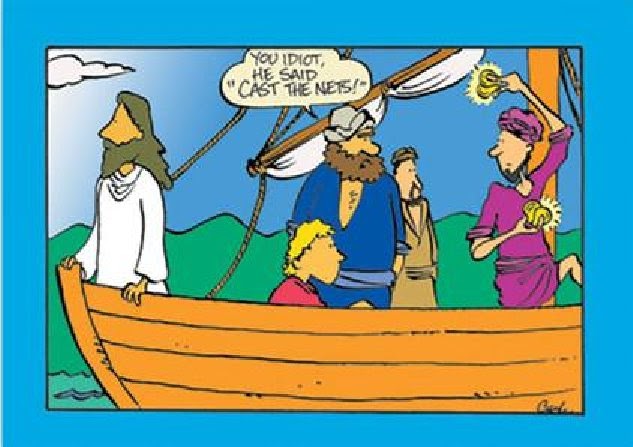
The Garden Tomb, Jerusalem (Protestants)
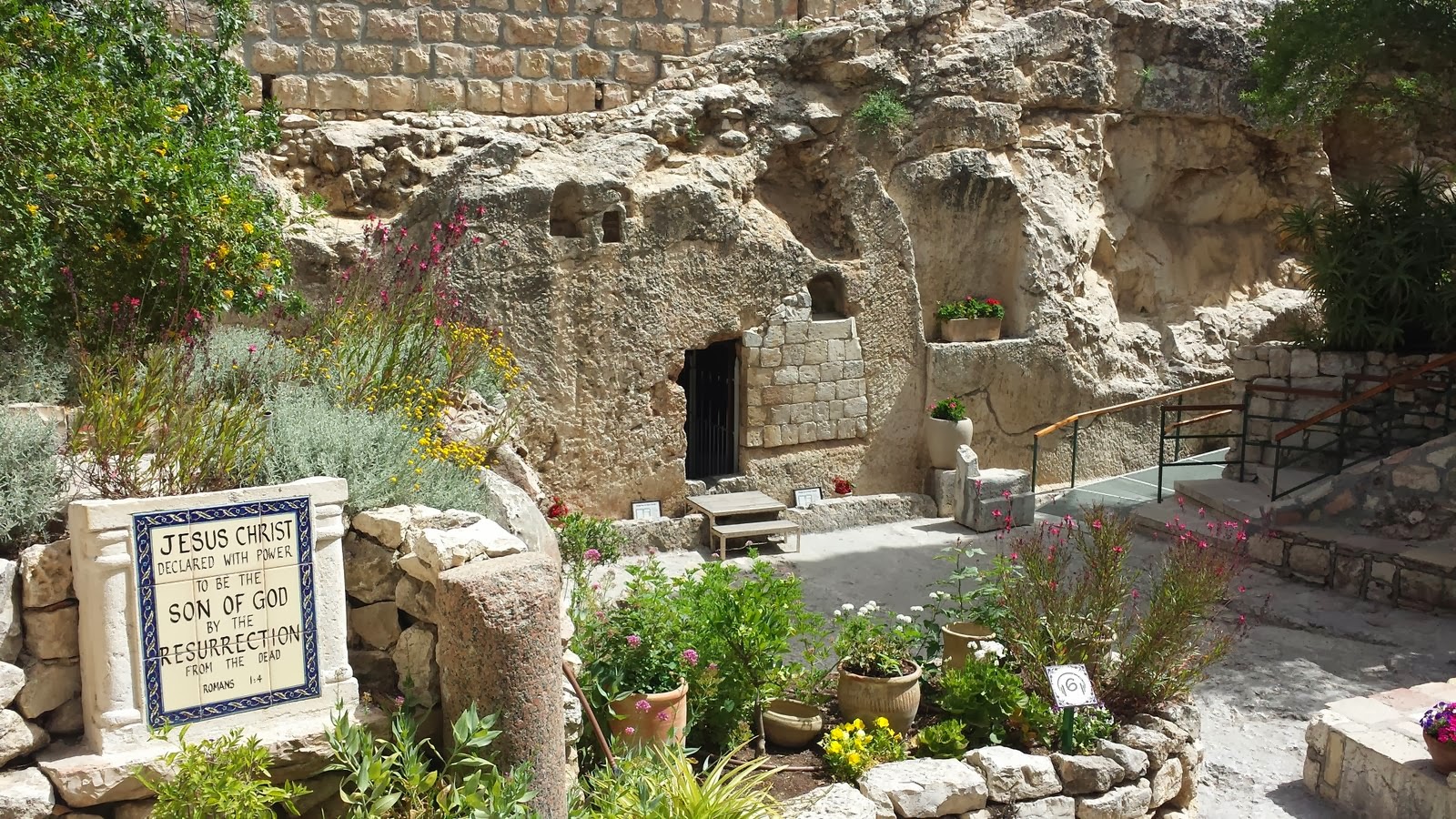
Tomb of the Holy Sepulchre, Jerusalem (Catholics) How did that guy get up on top?
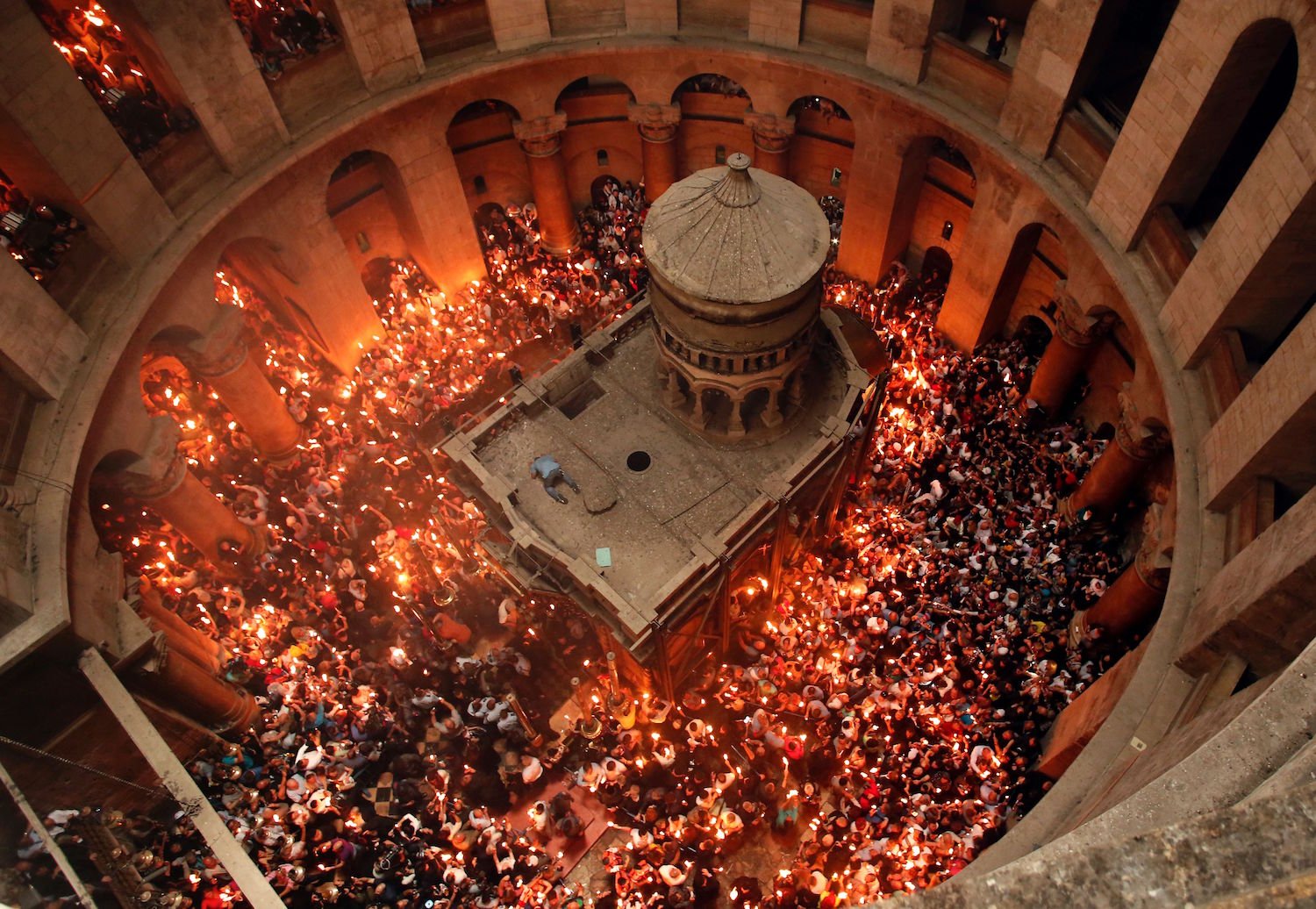
If anyone from Obadiah in 850 BCE to Daniel in 150 BCE had their own vision of Jesus along the way, they didn’t use his explicit name. So John’s vision of The End must have been quite a shock for a lot of old Jews and newer Jewish-Christian folks. How does Jesus fit in this very old End Time picture? Well, for the new Christians, right up on the front row.
Jesus on his throne in Heaven, Ravenna, Italy, 500ish AD
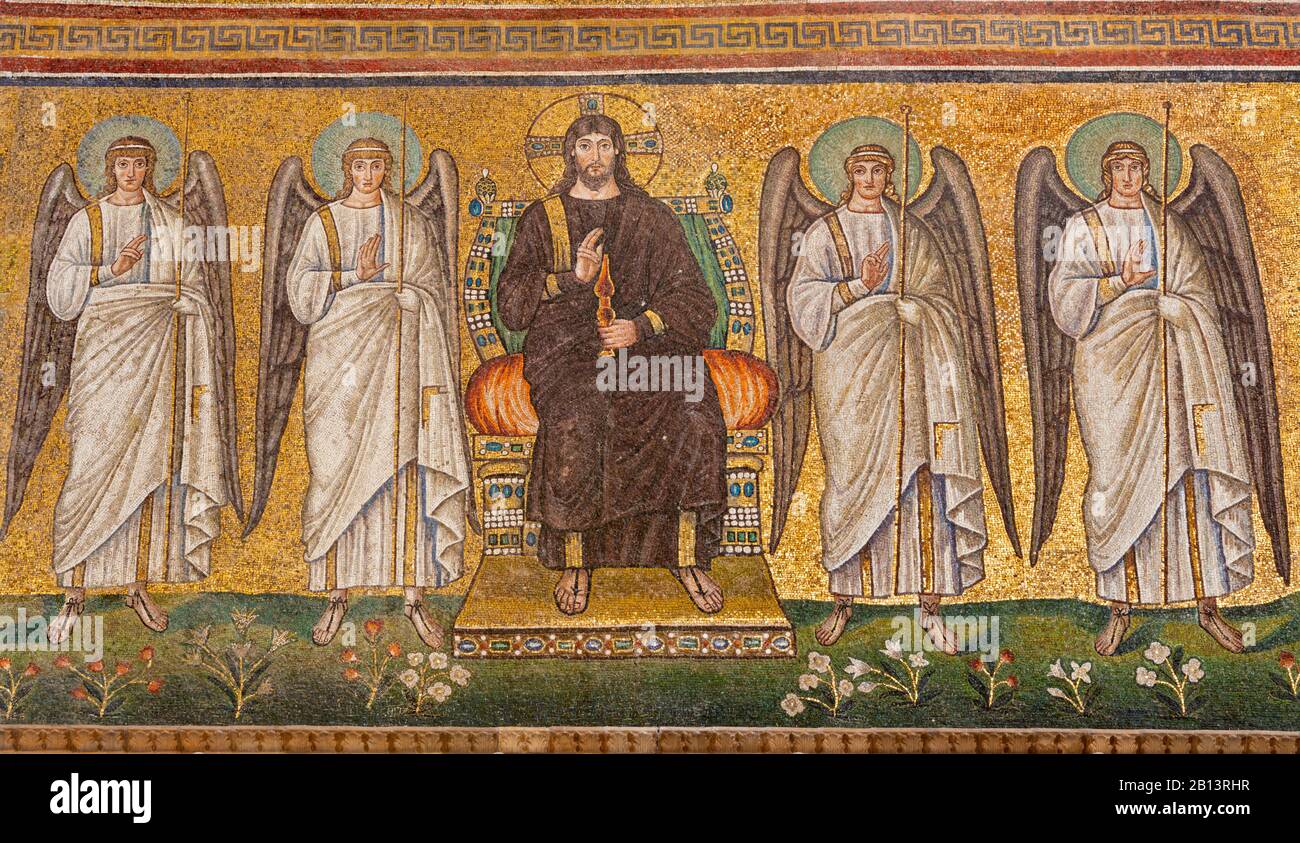
Astute readers may have noticed some literary patterns along our journey. Jewish writings got more cryptic when the Jews were under foreign oppression and foreign kings. Ask these severed heads why.
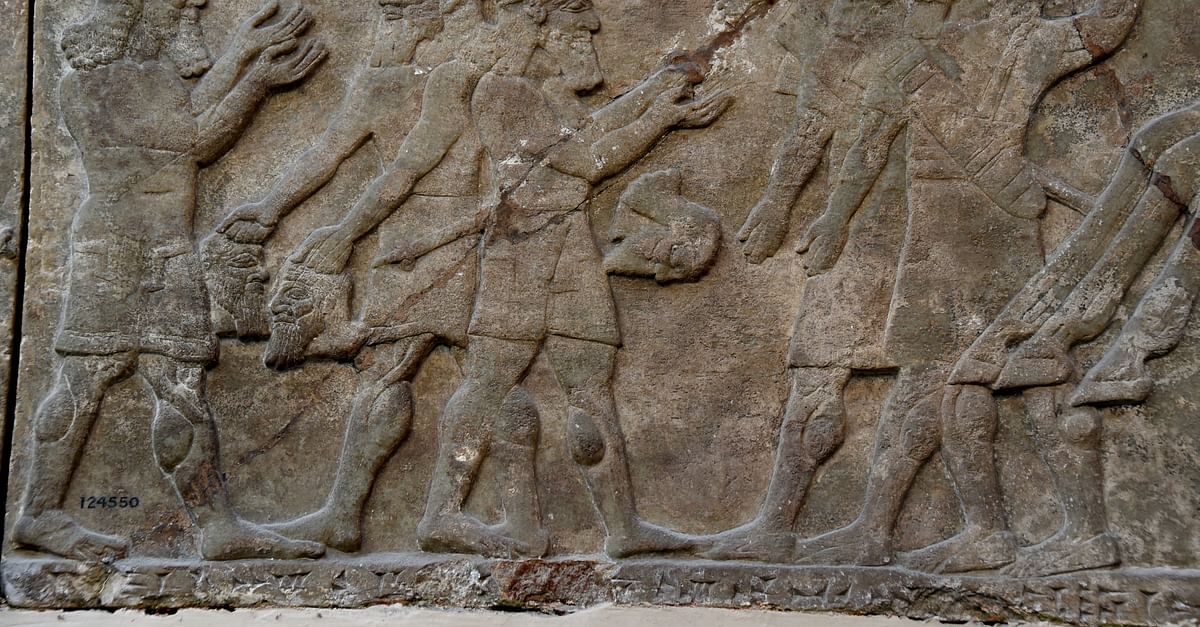
For health reasons, nations were often described as “beasts.” And kings became anonymous ‘horns.’
Daniel 8:20 “The two-horned ram that you saw represents the kings of Media and Persia.”
Daniel 8:21 “The shaggy goat is the king of Greece, and the large horn between its eyes is the first king.”
And sometimes, ruler’s names became coded-numbers. Again, for the author’s safety, and livelihood.
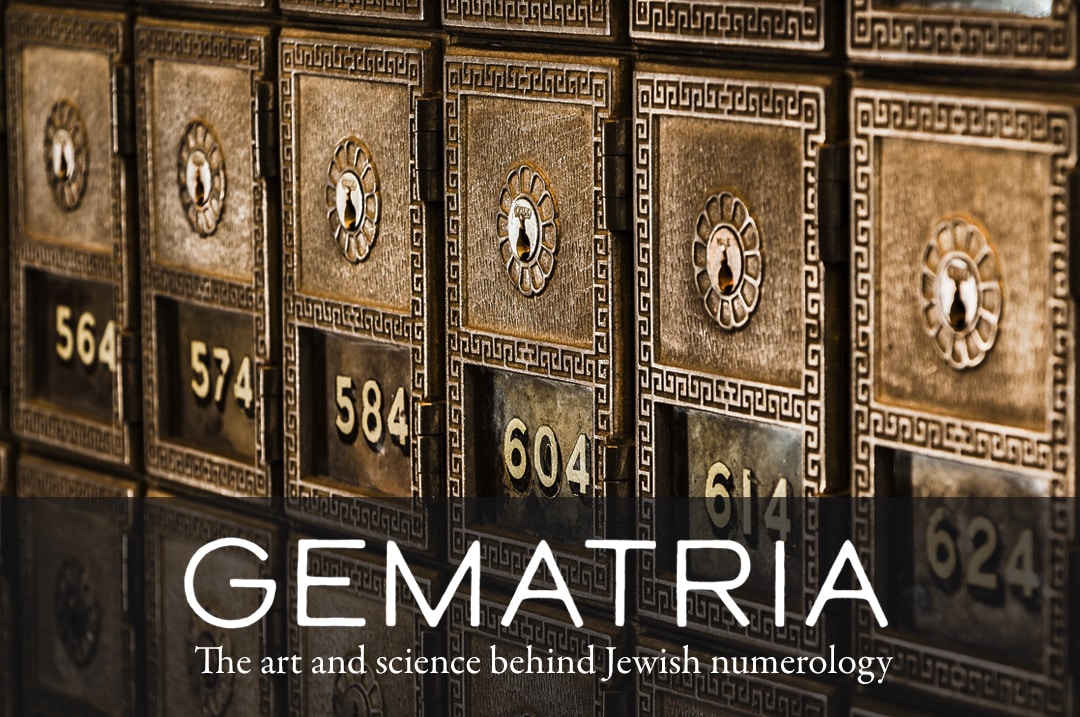
Thus far, I’ve approached the Old Testament with the mindset that folks were usually writing about their own times.
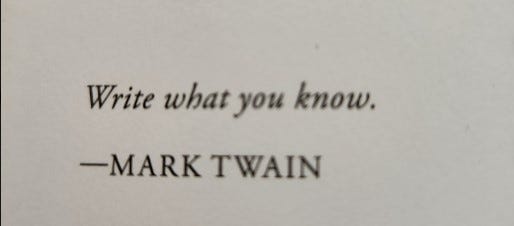
So whether the ancient prophets were griping about Assyria and lamenting the lost Ten Tribes,
or blasting Babylon for razing the Temple,
or praising Cyrus the Persian for freeing the exiles,
or cursing Antiochus the Seleucid for trying to wipe out Judaism,
or disrespecting the Good Ole’ Boy Maccabee Clan (even though they saved the nation),
they were all things the author could see right outside their own front door, or read about in the daily newspaper. While the Bible is a story about the Jews and the Christians and their God, it’s also a very historical story.

And so I’m gonna continue with that very same mindset in Revelation. Because in John’s day, there were some new guys oppressing both the old Jews and the new Christians. You might have heard of them.
SPQR -Senatus PopulusQue Romanus
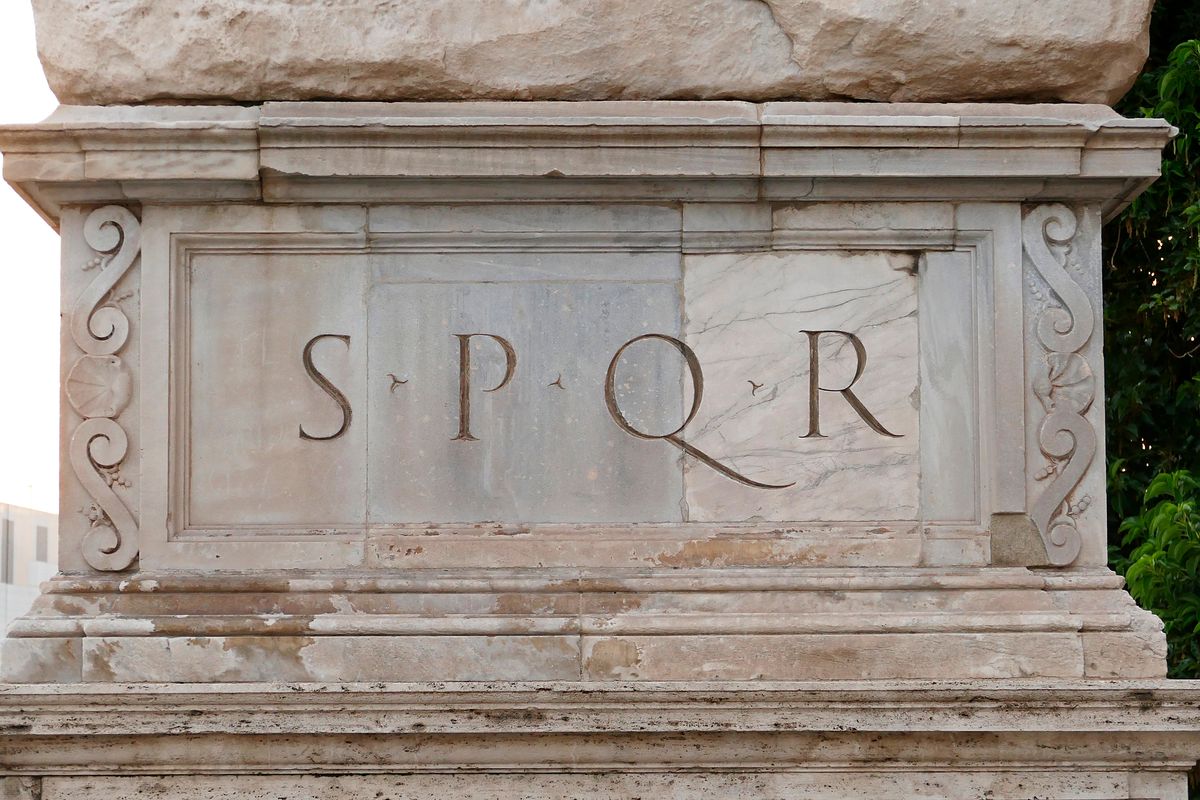
"The Senate and People of Rome"

So with that background info, let’s get to Revelation!
We’re lucky to even have the Book of Revelation, because it almost didn’t make canon. And it took about 200ish years for it to be widely accepted. A part of the problem was that crazy people who spoke in tongues and danced in the aisles (like me and my family) actually liked Revelation. Fire and brimstone can be intoxicating stuff.

And if heretical folks like us believed in it, then how could the church possibly accept it? Church Father Eusebius of Caesarea explains the awkward dilemma of the time (about 300ish AD):
“[Montanus, founder of Montanism and a well-known heretical believer in the Book of Revelation] went into a sort of frenzy and ecstasy; he raved, and began to babble and utter strange things, prophesying in a manner contrary to the constant custom of the Church handed down by tradition from the beginning.”
They must have thought he was high on drugs.

It was a real problem. Jesus didn’t talk like John does in Revelation. So what gives? Later, Martin Luther said the book was a bunch of bunk (though he eventually warmed to it) and John Calvin simply ignored Revelation completely. As if it just vanished into thin air.

Over time though, enough folks got over the shock of Revelation for it to be accepted as canon. And that’s great, because now we can take a really close look at it. And Revelation is 22 Chapters of WOW! Here’s a basic outline of what you get:
I. An Introduction and Letters of Warning to the Churches (1-3)
II. A visit to the Court of God (4-5)
III. A front row seat to the Punishment of the World by 7’s (6-18)
IV. A Heavenly Marriage (19)
V. The Divine Judgement (19-20)
VI. and the Arrival of New Jerusalem (21-22)
What else could anyone want? It all seems pretty easy and straightforward, huh?

Revelation is easily one of the most complex books in the Bible; it’s very dense, and very cryptic. But it all must mean something - just what? Well, let’s start with the easy stuff – the beginning.
Chapter 1
We can learn a lot from just the first chapter in Revelation. There’s so much there it could easily take up the rest of this post. But while it’s tempting to go line-by-line, I’ll just summarize some of the highlights.

In the Jewish tradition, John gets his vision from a divine messenger, and it’s meant to be read and shared with others. Specifically, the 7 Churches over on the mainland in Turkey.

Patmos, today

The Cave of the Apocalypse on Patmos, where John received his vision

One new thingin Revelation is that instead of God delivering his message in Old Testament style- ‘God>Messenger>Servant’, the message now comes in the new ‘God>Jesus>Messenger>Servant’ format.
Rev 1:1 “The revelation from Jesus Christ, which God gave him to show his servants what must soon take place. He made it known by sending his angel to his servant John.”
Also in the old Jewish prophetic tradition, John first presents us with a cryptic mystery…
Rev 1:12 “And when I turned I saw seven golden lampstands…”
Rev 1:16 ”In his right hand he held seven stars…”

…and then shortly thereafter, he explains the mystery.
Rev 1:20 “The seven stars are the angels of the seven churches, and the seven lampstands are the seven churches.”
That’s very helpful. Thanks, John!
This post is starting to run a little long at this point, and we’ve got so much to cover I need to break it in two. So, we’ll finish out with a few pics of what John’s 7 cities in Turkey (nearly all Greek cities full of gentiles) look like today, and then wrap up Chapter 1 next time. Visitors from the lunge will note the island of Lesbos just off the coast to the left.

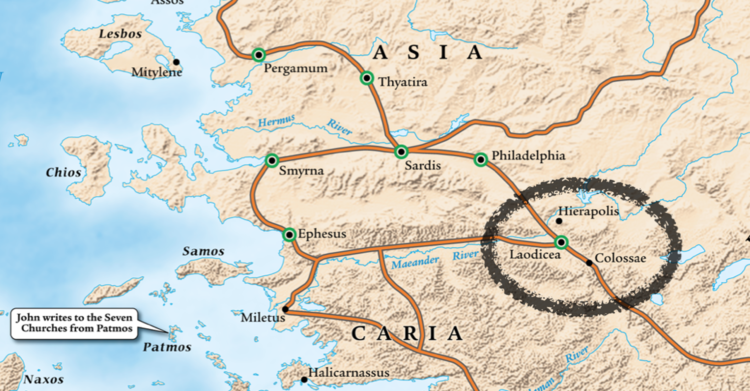
1. Laodicea then

Laodicea now

2. Philadelphia then
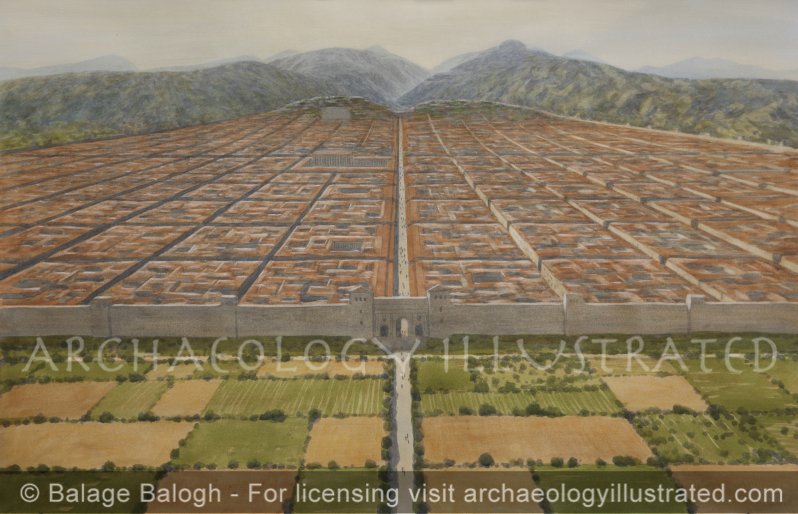
Philadelphia now (with Muslim minaret in the background)

3. Pergamon then
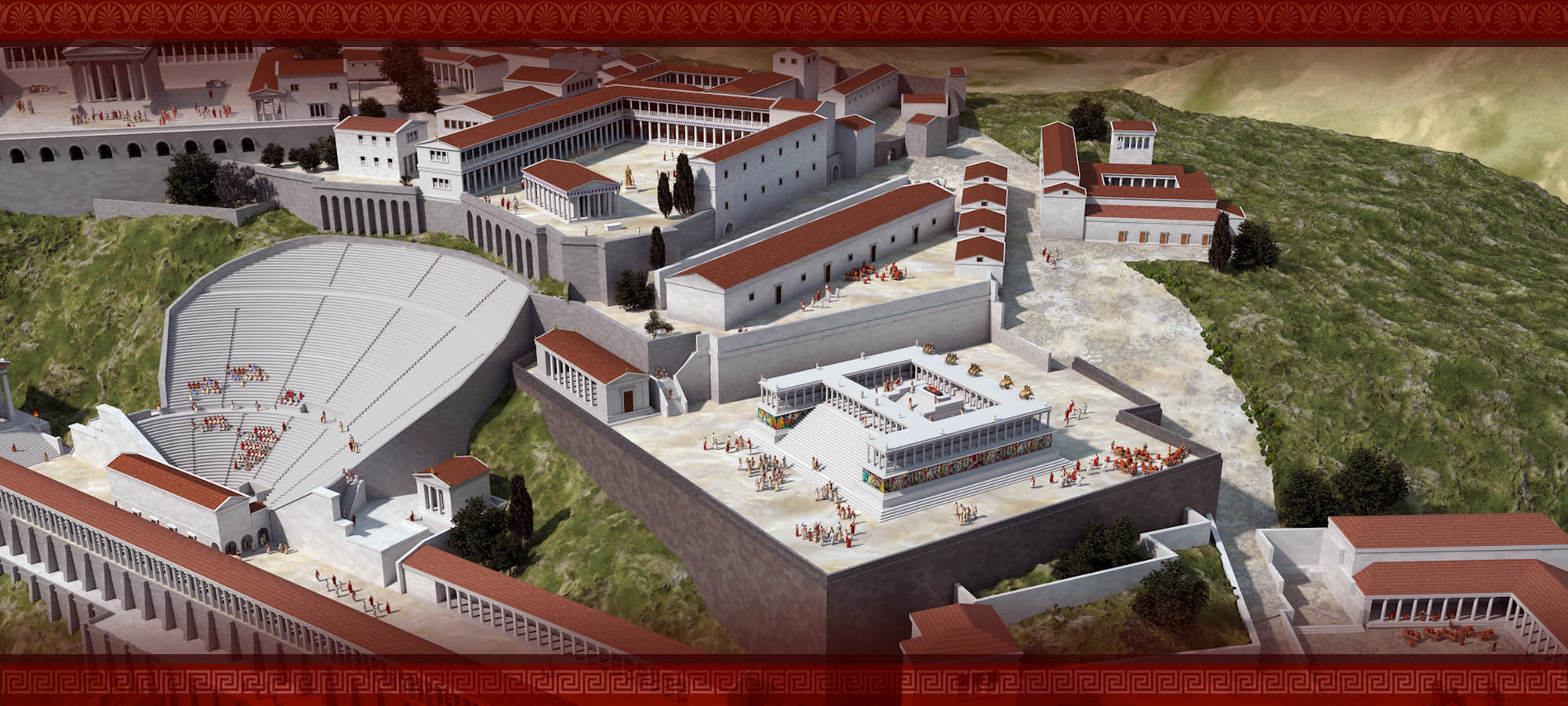
Pergamon now
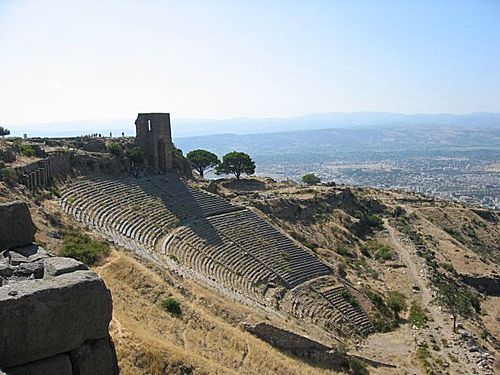
4. Ephesus then (with a harbor, which is now a silted up marsh)

Ephesus now
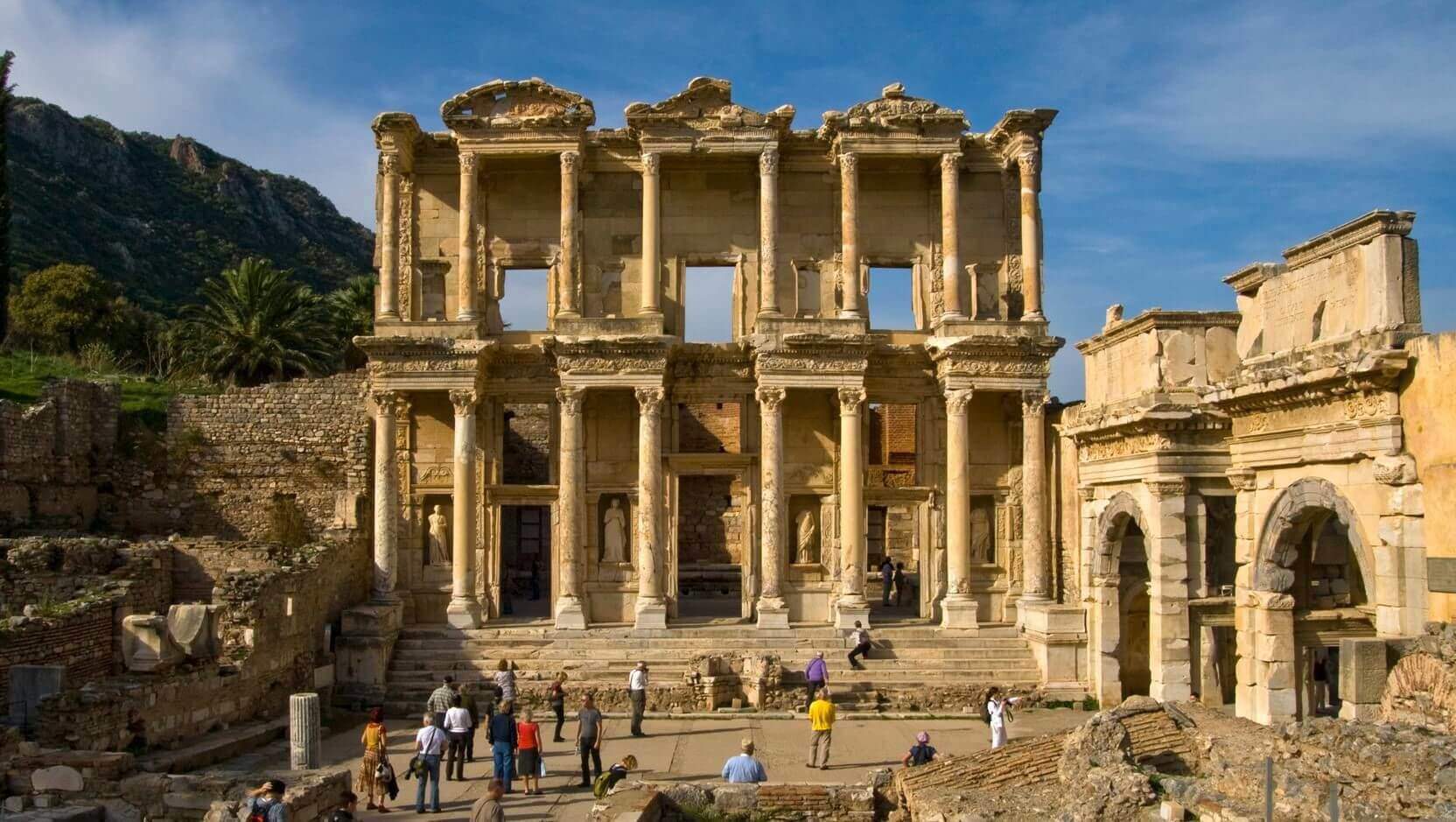
5. Thyatira then

Thyatira now

6. Sardis then

Sardis now

7. Smyrna then

Smyrna now

With an ancient stadium that would make Death Valley proud

And finally, till next time, hot chicks!




|
|
|
|
 |
CU Medallion [59595]
TigerPulse: 100%
Posts: 46901
Joined: 4/23/00
|
Great stuff as always!***

3
Jun 17, 2024, 8:55 AM
|
|
|
|
|
|
|
 |
Hall of Famer [24914]
TigerPulse: 100%
Posts: 14249
Joined: 7/3/01
|
Re: Religious Pron: Revelation 1 of ?

1
Jun 18, 2024, 11:21 AM
|
|
The cartoon is like Andy and Bea discussing Opie's failing grade in history.
"History is hard, Andy. There's so much more of it nowadays."
These revelations in caves ... Revelation, Koran, Book of Mormon ... (if Joe wasn't in a cave, it sure sounds like he was) ... Reading your post, it seems Revelation is unlike the other NT books, but also unlike the other two. If I was alive in 100-ish, I would have looked at it askance (askance, I say) myself.
The other NT books are about an historical event, or the understanding and implications of that event. Even Paul, who reports a direct conversation with Jesus, confirmed the gospel event with the 12, and wrote about that, with even highly theological "Romans" being a step-by-step analysis of what the audience could confirm for themselves. Then there is Revelation, where the disciple is claiming an almost direct dictation, which makes it unlike the other NT books. Both the Koran and Book of Mormon are like Whitley Strieber's claims in "Communion" - happened all alone, no one there, no direct or circumstantial evidence - and can be rejected if only for those reasons. I don't mind saying that Revelation has those same characteristics.
But it is also unlike the other two. It does not propose a new truth, but claims to exist because the Gospel does: it is a resurrected Jesus doing the dictating. It proposes an understanding of world events, not a new understanding of man/God/Jesus. If the Gospel didn't occur, Revelation is fake, and if it did occur we can compare the two. So, sure, I might have looked at that book and said, "The test of a prophet is historical, so we'll see."
How much of Revelation prophecies have been fulfilled depends on where in history one chooses to place them, but seems clear that at minimum they are coming true. The description of an "as though slain" lamb, and his place in individual lives and in world events, is clearer now than when written, and it was clear then.
Anyway, was what occurred while reading your post. Others might see it differently. Thank you for the fun overview.
|
|
|
|
|
 |
All-In [30396]
TigerPulse: 100%
Posts: 9039
Joined: 10/31/10
|
Re: Religious Pron: Revelation 1 of ?

1
Jun 18, 2024, 1:48 PM
|
|
>it seems Revelation is unlike the other NT books,
Yes, I agree, and I've never actually thought of it that way. Aside from the intro and letters (just 3 of the 22 chapters) it's all prophecy. The Gospels are accounts of historical stuff...Jesus went here, Paul went there, etc. And most of the OT is the history of the tribes, judges, kings, foreign invaders, etc. But Revelation is indeed almost pure prophecy. An astute take.
>It does not propose a new truth, but claims to exist because the Gospel does: it is a resurrected Jesus doing the dictating. It proposes an understanding of world events, not a new understanding of man/God/Jesus.
This is where it gets interesting I think, and probably requires some tight parsing of ideas. It's true that Revelation is not 'new' in one sense. As I hope to show, it's striking how Jewish Revelation really is. The list of 10 or so predictions from the OT prophets all end up in Revelation through the 22 chapters.
What Revelation does is compile all those scattered prophecies into one book. And account for Jesus, of course. But if Jesus were not in Revelation, the Jews would probably accept Revelation completely...it's full of their own predictions, after all. And for many Jews at the time, Christianity was simply the fulfillment of ancient Judaism...the arrival of an expected messiah.
So in my mind it is beautifully Jewish-Christian. Revelation is undeniably a Christian work, but it's also undeniably Jewish in the very visions that make up that work.
>If the Gospel didn't occur, Revelation is fake
I'd say only in the sense of the Jesus element. The other elements of Revelation...the Court of God, the assembly of Elders, the arrival of New Jerusalem, and the coded historical stuff, would still be accepted, believed, and expected by Jews, I think.
|
|
|
|
|
|
Replies: 3
| visibility 405
|
|
|



 to award
the award.
to award
the award.

















































